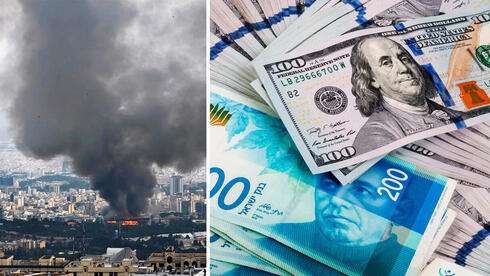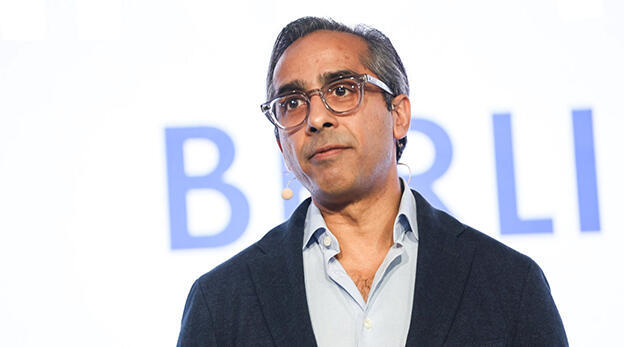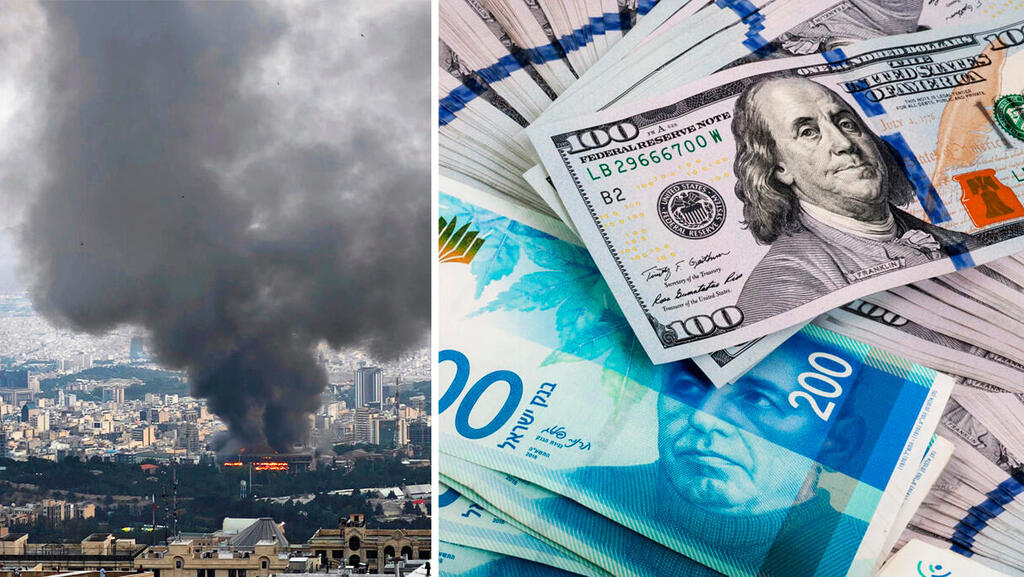
The strongest shekel in years: What investors are really pricing in
Geopolitical victory, capital inflows, and solid fundamentals push Israel’s currency to its highest rate in years.
Judging by the shekel exchange rate, the State of Israel has achieved a decisive victory over Iran.
More importantly, Israel's risk profile has undergone a fundamental transformation. With the Iranian threat largely neutralized, the country's risk premium has dropped dramatically. This shift is most clearly reflected in the exchange rate: the shekel has strengthened significantly and now trades at 3.38 to the dollar.
This is no minor development. The foreign exchange market is the fastest, deepest, and most liquid of all markets, and it is often the best early indicator of investor sentiment. It not only reflects the present but also prices in expectations for the future.
1. A surge of foreign investment
Even before the recent war with Iran, foreign investors were returning to Israel in force. Since the start of 2025, they have poured approximately $8.5 billion into Israeli capital markets, the highest quarterly figure since early 2021. This includes about $6.2 billion in government bonds and $2.2 billion in equities. These investments explain the shekel’s longer-term appreciation more than the short-term fluctuations seen over the past two weeks.
Investors had already priced in what Dr. Adi Brender, head of the Bank of Israel’s research department, recently called the “optimistic scenario” in an interview with Calcalist. This includes a stronger Israeli economy, the removal of the main external threat that has long weighed on Israel’s credit rating, lower defense spending over time, reallocation of budget resources toward essential civilian sectors, increased economic investment, a lower risk premium, and an improved international reputation.
2. A return to normal, and then some
Simply put, the market is signaling that Israel has returned to a sense of normalcy. In fact, the current shekel-dollar rate is stronger than it was after the controversial announcement of judicial reforms, when investors feared for the future of Israel’s economy and especially its tech sector.
From this we can draw a few possible conclusions. The Iranian threat has been more significant to foreign investors than political risks from the Netanyahu-Ben Gvir-Levin government. Alternatively, the market has already adapted to that government, or perhaps it is factoring in the possibility of elections and political change. As Bank Hapoalim noted in a review this week, “The strengthening of the shekel reflects an assessment that a change in the geopolitical situation in a country with such a large surplus of foreign exchange assets is a game-changer and will lead to long-term appreciation of the currency.”
3. The global dollar decline
It is also important to note that the dollar has weakened globally. The DXY index, which tracks the dollar against major world currencies, shows a clear trend and is down around 10% over the past six months.
This global dollar decline is not about Israel, but rather about the United States under President Trump. His administration prefers a weaker dollar for domestic reasons, and its erratic economic policies have pushed some investors to diversify away from the greenback. Evidence of this is visible in the shekel-dollar trajectory: the shekel began appreciating in early April, when the dollar traded at over 3.8 shekels, and has risen nearly 11 percent in just over two months. In other words, the trend began long before the events of June 12.
4. Appreciation across the board
The shekel’s strength is not limited to its performance against the dollar. It has appreciated against all major currencies, although the move against the dollar has been the most pronounced. Furthermore, the recent surge in foreign exchange sales in local capital markets has been driven primarily by Israeli investors, not foreigners. In fact, foreign investors have only increased their exposure to Israeli markets over the course of the year.
The rationale is clear. The return on the TA-125 index over the past year is about 45 percent, compared to just 10 percent for the S&P 500. Even in the past six months, the TA-125 has outperformed, returning 18.9 percent compared to 0.9 percent for the American index. In a world where the Iranian threat has diminished and U.S. macroeconomic policy is uncertain, Israel appears to offer more upside.
5. The fundamentals are solid
This is not just a financial story. The real economy is also delivering strong fundamentals. A week ago, the Central Bureau of Statistics released Israel’s balance of payments for the first quarter of 2025. The numbers are impressive: the current account surplus jumped to $5.7 billion, the highest level in five quarters. That means the amount of foreign currency entering the country far exceeded the amount leaving.
This surplus is largely driven by Israel’s export of services, which continues to exceed imports. In the first quarter, the trade surplus for goods and services combined was $3.2 billion, bolstered by a $10 billion surplus in services that more than offset a deficit in goods. This is real economic activity, not just portfolio flows.
In addition, foreign direct investment into Israel reached $4.35 billion in the quarter, about 10 percent above the two-year average. By contrast, Israelis invested only $2.7 billion. Together, these financial and real economic indicators strongly support the case for a continued long-term strengthening of the shekel.
However, this presents a new kind of challenge. For Israel’s export-driven industries, which have just begun to recover after 620 days of conflict, a strong shekel could become a headwind. The risk is that the very success of Israel’s economy could make its goods and services more expensive abroad, dampening one of its most important engines of growth.














